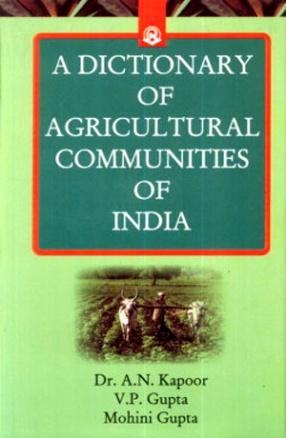
A N Kapoor

37 books


The communities that depend on growing different crops and keeping some livestock are called Agricultural Communities. They mainly depend on farming, which is of two types-Subsistance Farmers produce only enough to feed their household, with little or no surplus to sell because the farmers rely on certain old farming methods. On the other hand, commercial farmers aim for a high yield to sell their products for profit. For this purpose they farm animals and crops ...
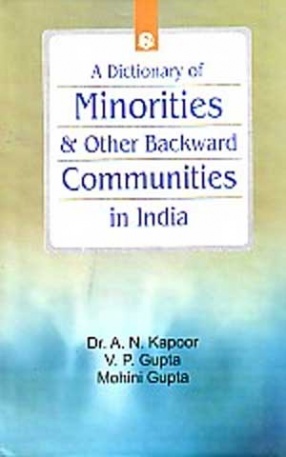

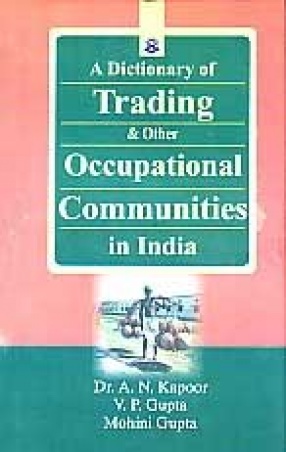
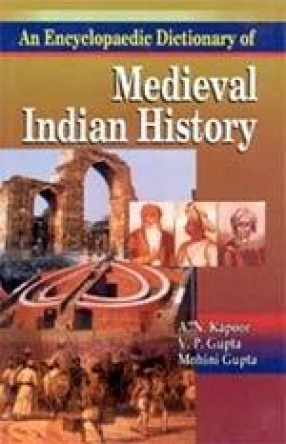
The present work An Encyclopaedic Dictioinary of Medieval India is the third publication under the ongoing series An Encyclopaedic Dictionary of Indian History and Culture. It deals with medieval India which saw the rise and fall of the Mughal empire, the genesis and the Mughal empire, the genesis and the spread of the Bhakti movement, the emergence of the Sikhs and the Marathas as powerful political forces, the construction of the immortal monuments like Taj ...
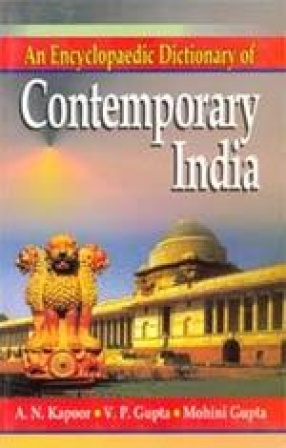
The Present work 'An Encyclopaedic Dictionary of Contemporary India' is the sixth title under the ongoing series 'An Encyclopaedic Dictionary of Indian History and Culture'. The volume aims to be a handy reference manual for understanding the different aspects of Indian history and cultures since the dawn of independence in 1947. It is a saga of the triumphs and tragedies of independent India during the last 55 years of its existence, covering the period ...
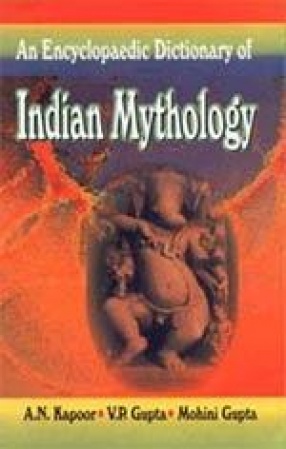
An Encyclopaedic Dictionary of Indian Mythology is the first title in the series on an Encyclopaedic dictionary of Indian History and Culture. The volume proposes to deal with Indian mythology in all its aspects. The Indian mythology is probably the most complicated and the oldest mythologies in the world. The origin of this mythology can be traced to the first book of mankind – the Rigveda. The mythology was developed in the two epics – the Ramayana and the ...

The present work an Encyclopaedic Dictionary of Freedom Movement is the fifth publication under the ongoing series An Encyclopaeidc Dictionary of Indian History and Culture and it aims at being a handy reference manual for understanding the saga of Indian freedom struggle. The story has epic dimensions and is liable for more than one interpretation. Although India lost to the British at the battle of Plassey in 1757, it never gave up the continued to fight for ...
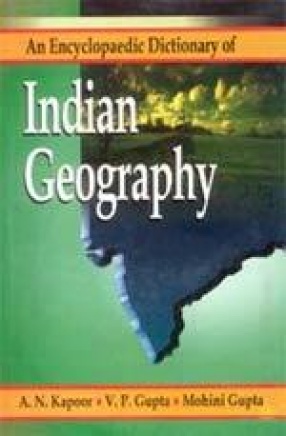
Geography is the scientific study of the earth's surface-physical features, divisions, climate, products, population etc. It is a very broad subject and has close affinity with a number of disciplines such as geology, geophysics and geopolitics. The geographical factors have played an important role in the evolution of human race as well as nations. The scope of Indian geography is as wide as that of India itself. An humble attempt has been made in the present ...
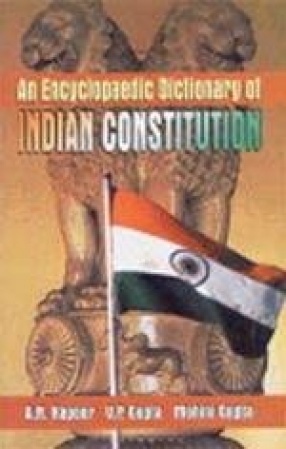
An Encyclopaedic dictionary of Indian Constitution' the seventh volume in the ongoing series "An Encyclopaedic Dictionary of Indian History and Culture" deals with the Indian Constitution and Parliamentary procedure in India. The volume is divided into five sections: (1) Nature and operation; (2) The Dictionary; (3) The miscellany; (4) The Chronology; and (5) The Bibliography. Section one gives a background and broad introduction to the Indian ...
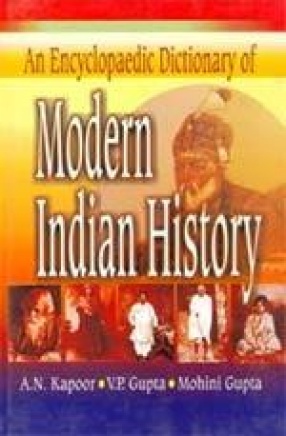
The present work An Encyclopaedic Dictionary of Modern India is the fourth publication under the ongoing series An Encyclopaedic Dictionary of Indian History and Culture and aims to be a reference manual for the modern period of Indian history and culture, encompassing the major developments and forces which were responsible for the subjugation of India as well as its resurgence during the years 1757-1947. The work has been designed in the format of an ...
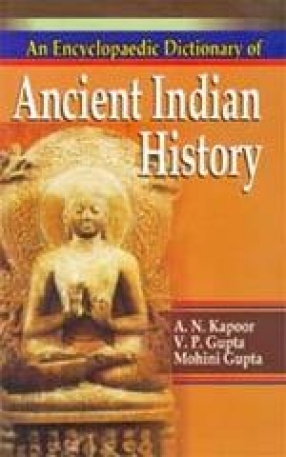
The present work An Encyclopaedic Dictionary of Ancient India is the second publication under the ongoing series An Encyclopaedic Dictionary of Indian History and Culture. It aims to be a handy reference manual for understanding the different aspects of Indian history and culture from the dawn of civilization to the year 1192 when the last Hindu ruler Prithviraj Chauhan was defeated by Muhammad Ghori at the second battle of Tarain. The book is divided into four ...
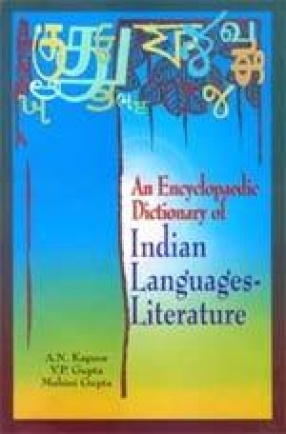
The present volume strives to make a systematic study of India's literary heritage preserved in various languages of the country. A perusal of the book will enable the discernible readers to appreciate the fundamental unity of Indian literature. The write ups included in the volume provide authentic glimpses of Indian languages and literatures constituting a priceless possession for the nation. Indian literature is marked by its spirit of acceptance and ...
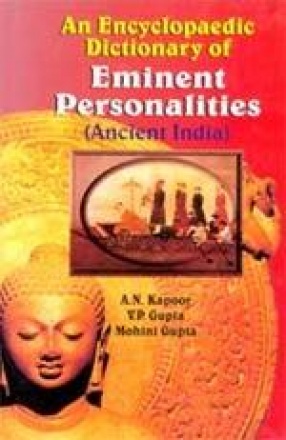
The role of personalities in the growth of nations cannot be overemphasized. It is ultimately the human factor that makes civilizations and moulds societies. Indian culture is a result of the endeavours and sacrifices of the countless generations who laid the foundations of its institutions and germinated the ideas that have withered the vicissitudes of time. The present work, An Encyclopaedic Dictionary of Eminent Personalities (Ancient India), purports to ...
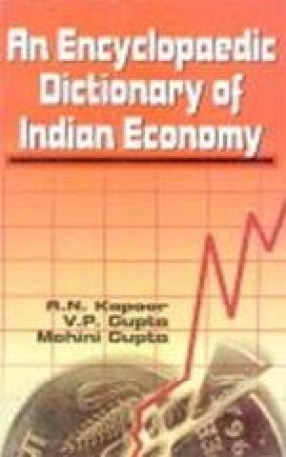
The present work An Encyclopaedic Dictionary of Indian Economy is the ninth title under the ongoing series An Encyclopaedic Dictionary of Indian History and Culture. The volume aims to present a survey of Indian economic thinking through the ages with detailed write-ups on 25 eminent economists ranging from Kautilya to Amartya Sen. Section one surveys the evolution of economic thinking in ancient India, Sultanate period, Mughal period, colonial rule and ...
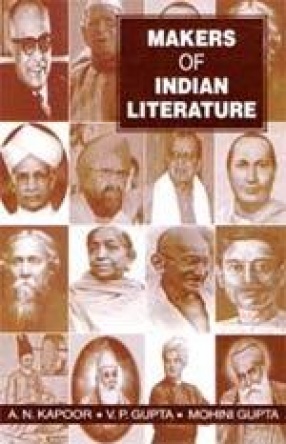
Indian literature is the literature produced by Indians. It is as old as the history of India. The literature produced by Indian in Indian languages shares a unique quality of Indianness. Multilingualism is the very stuff of our nationhood. There is a stream of unity in our myths, legends, forms, themes, trends and experiences. The present works Makers of Indian Literature contains about 1,000 entries. While Vol. I covers the entries from A to L, Vol. II is ...
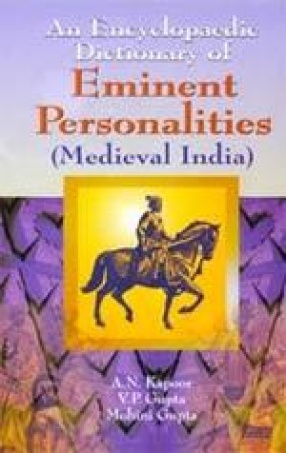
The present volume contains the biographical sketches of about two hundred most outstanding men and women who shaped the course of Medieval India. Following the other volumes in the series, the present volume is also divided into four sections detailing basic historical perspectives, profiles of eminent personalities, chronology and bibliography. The section on the Basic Historical Perspectives serves as a background to the period in which these personalities ...
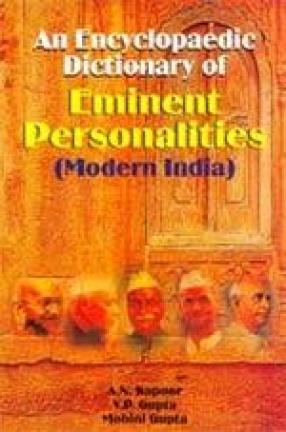
The present volume sketches the profiles of some 350 eminent personalities of modern India starting from the Battle of Plassey in 1757 and closing with the attainment of freedom in 1947. It is a period of about two centuries which witnessed the disintegration of the Mughal Empire and the rise of the British supremacy. The rivalries between the leading European trading companies, the infighting between the Indian rulers and the superior administrative and military ...

The Dictionary of Geography is a Unique attempt at defining the terms and concepts most commonly used in Geomorphology, Climatography. Oceanography Geography, Population and Settlement Geography and Regional Geography. Its main aim is to help the students meet their course requirements. The idea is that the reader might know not only about all topics but also develop his or her own language to write them, the focus being on memorizing facts and then backup with ...
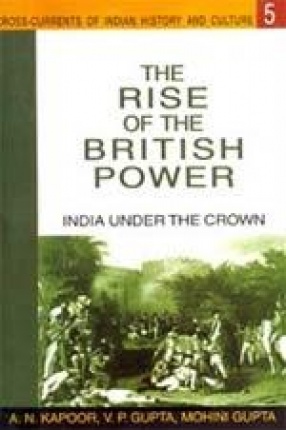
The present volume, The Rise of the British Power covers the period A.D. 1707 to 1857 of Indian history. The period had a 3 major landmarks : (The End of the Muslim Rule; (2) The Rise and fall of the Maratha Domination; and (3) The Growth of the British Power. The Mughal Empire showed which had dazzled the contemporary world showed signs of decay towards the beginning of the 18th century. The Mughal emperors after Auranzeb were weak, unstable and inefficient. A ...
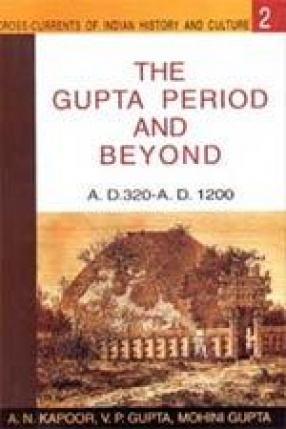
The present work happens to be the second volume in the series titled Cross-currents of Indian History and Culture. It has two parts. The First deals with the celebrated Gupta Age covering the years A.D. 320 to A.D. 750. The period under review has been hailed as the ‘Classical’ or ‘Golden’ Age of India. It was dur8ntg this epoch that the norms of Indian literature, art, architecture, sculpture and painting were established. The period saw an all-round ...
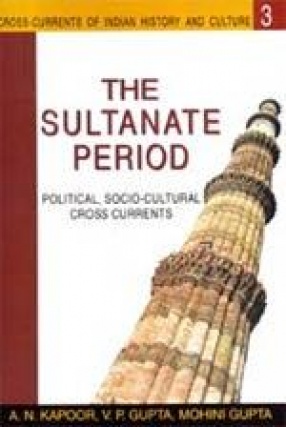
The present volume, The Sultanate Period: Political and Socio-Cultural Cross-currents, is the third one in the series Cross-currents of Indian History and Culture. It covers the period A.D 1206 to A.D. 1576 and is devoted to the study of Political development of the period both at the Central as well as provincial levels. Parts I of the volume is divided into three sections: (1) Interpreting Medieval India; (2) Centripetal Developments: and (3) Centrifugal ...

The Present volume titled War of Indian Independence: 1857 (Before and After) s the sixth volume in the ongoing series Cross-currents of Indian History and Culture. The period covered is 1857 to 1920. The volume is Divided into two P{arts: (1) The Dawn of new India and (2) A nation in the Making. The First part furnishes an exhaustive account of the Revolt of 1857, its background, outbreak, suppression and general review. The Revolt was the first national ...

The present work is not a purely dynastic history providing a chronological framework. Te essential thrust of the book is its focus on some cross-currents, including outstanding rulers, events, thinkers, artistic achievements, religious reforms, philosophic ideas and social formations. The Volume, the first in the series Cross-currents of Indian History and Culture portrays a survey of early Indian history from the Indus Valley Civilization to the founding of the ...
